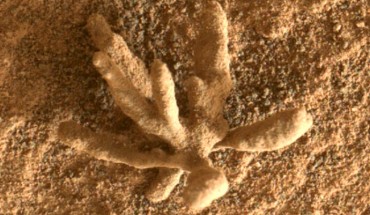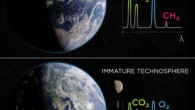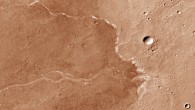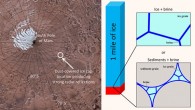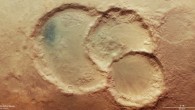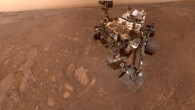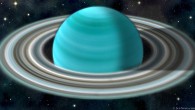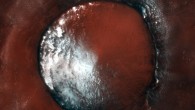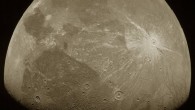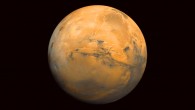The Mars Hand Lens Imager on NASA’s Curiosity Mars rover has imaged a flower-like rock artifact in the Gale crater on Mars. This image from the MAHLI camera on NASA’s Curiosity Mars rover shows flower-like and spherical rock artifacts on the surface of the Gale crater on Mars. Image credit: NASA / JPL-Caltech / MSSS. Curiosity, the fourth rover the United States has sent to Mars, launched November 26, 2011 and landed on the planet on August 5,...

